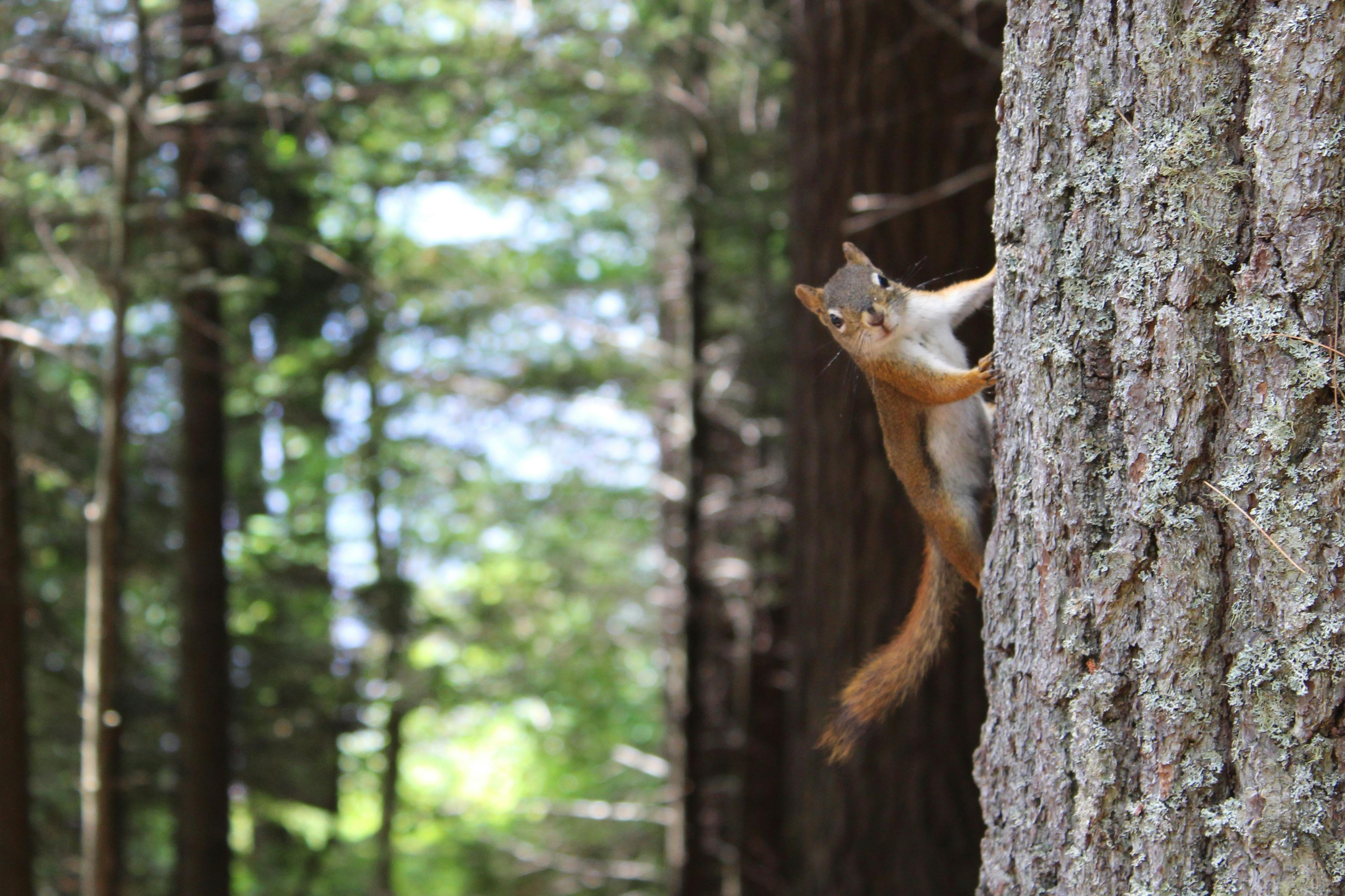A New Dawn in Digital Art: The Rise of NFTs in the Art World
Introduction: In the ever-evolving landscape of the arts and entertainment industry, a new player has emerged, disrupting the traditional norms and creating a paradigm shift. This article delves into the world of Non-Fungible Tokens (NFTs) and their transformative impact on the art world.

A Brief History of NFTs
Non-Fungible Tokens, or NFTs, are a type of digital asset that represent ownership or proof of authenticity of unique items or content, using blockchain technology. The concept of NFTs has been around since 2012, but it wasn’t until 2017 with the launch of CryptoKitties, a blockchain-based virtual game, that NFTs gained significant attention.
The Intersection of NFTs and Art
In recent years, NFTs have infiltrated the art world, providing artists with a new platform to sell their work and collectors with a new form of ownership. This has been exemplified by the sale of digital artist Beeple’s artwork “Everydays: The First 5000 Days” for a staggering $69 million at Christie’s auction house in March 2021.
The Impact of NFTs on the Art World
The advent of NFTs has democratized the art world, allowing artists to bypass traditional gatekeepers such as galleries and auction houses. It has also introduced a new form of art collecting, where digital ownership and display have become as significant as physical possession. However, this new frontier has also sparked debates about the environmental impact of NFTs and the potential for market manipulation.
Current Trends and Developments
The NFT market continues to evolve, with new platforms and marketplaces emerging regularly. Recently, Twitter CEO Jack Dorsey sold his first tweet as an NFT for $2.9 million, demonstrating the potential for NFTs to extend beyond traditional art forms.
The Future of NFTs in the Art World
As NFTs continue to disrupt the art world, questions arise about their sustainability and long-term impact. While some see NFTs as a passing trend, others believe they represent a fundamental shift in how we perceive and value art. Regardless of the outcome, NFTs have undeniably opened up new possibilities for artists and collectors, forever altering the landscape of the art world.
In conclusion, the rise of NFTs in the art world represents a significant development in the arts and entertainment industry. As we continue to navigate this new digital frontier, it will be fascinating to see how NFTs shape the future of artistic expression and ownership.





